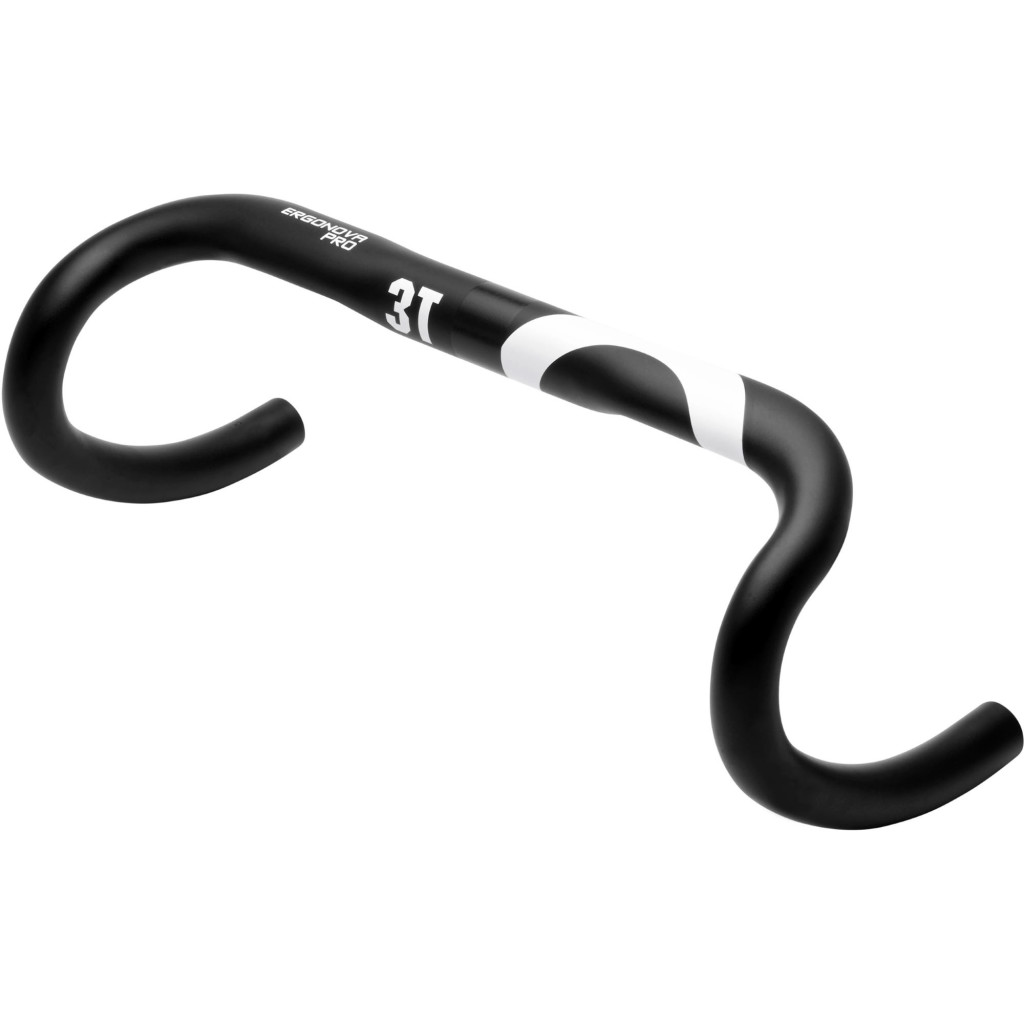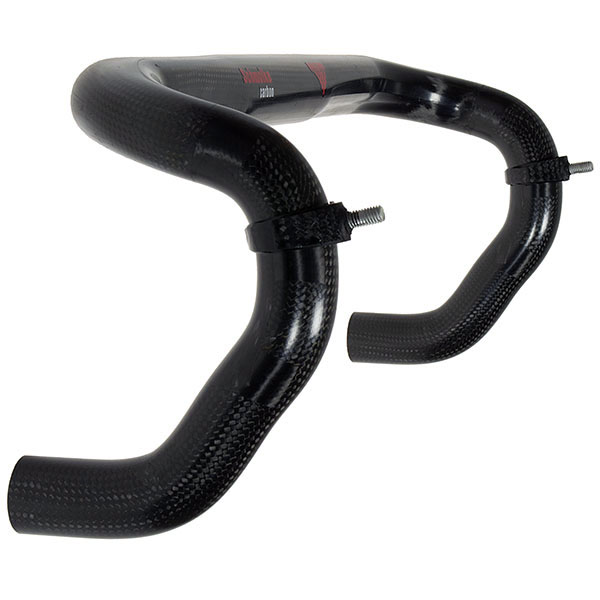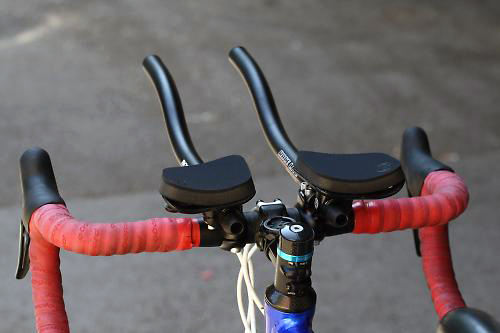There’s a reason why many pros still compete with aluminum handlebars
Lead photo by Josh Nuttall/Unsplash
This story is dedicated to proving that cycling doesn’t have to be as expensive as you think it could be. Let’s take a look at something a little less glamorous but one that all pros still use: aluminum handlebars.
While handlebars made of carbon fiber have been around for more than a decade, we still see professional riders insisting on riding with aluminum handlebars. Let’s take a look at why.
Price

Off the shelf, aluminum handlebars are generally less expensive than their carbon counterparts. That is, unless you go with the trend of buying cheap, imitation carbon parts, in which case, just don’t, as I’ll explain later.
Proper carbon handlebars can cost up to six times more expensive than common aluminum models. Locally, that translates to P1,500 to P3,000 for aluminum bars, and around P6,000 to P12,000 for carbon models. If you realize that you may have to replace your bars when you crash, those numbers add up.
Weight

The lure of expensive carbon handlebars, aside from bragging rights, is its supposed lighter weight, which makes them irresistible. While true for most models, the lightest aluminum handlebars can match the weight of most mid-level carbon bars, and the lightest carbon models aren’t that much lighter usually because they still have to reinforce the design to be able to handle the stress and abuse of daily use.
Think a difference of about 20 to 40 grams for the top-end aluminum bars versus high-end commercially available carbon ones. There are boutique brands that will push the limits of how light carbon bars can go, and your wallet as well.
Safety

And here we get to the most important point and why professional cycling teams still use aluminum handlebars at the highest levels of competition.
Carbon is a material that can be engineered and manufactured to be very light. It’s a great material for bike frames, which can distribute stress over a large area, and can more readily show cracks and imperfections in the material. However, every serious cyclist knows how rough the sport can be on equipment and the handlebars are load-bearing components tied in to bike control.
Failure of such a component will have disastrous results on safety. That extra level of safety is well worth the few grams of extra weight that an aluminum model has in my opinion. Most professional athletes and mechanics agree, too. The fact that handlebars are usually covered with bar tape means you may not see small cracks that develop after a crash (or simply the bike falling over) and would not be able to tell if the bar needs replacing. Obviously, you should not ride with cracked bars.
Aerobar compatibility

Something to consider for triathletes and riders who like to attach aero extensions to their bars: Most super light carbon handlebars are actually not engineered to handle the stress of the aerobar clamp, and the full weight of your torso on the flat area of the bar tops.
Sadly, some bike shops will not tell you this. They will let you buy their expensive carbon handlebar and willingly add aero extensions at the risk of your safety. Some people assume that by buying expensive stuff ensures durability. These high-end components are purpose-built and you risk your own safety if you don’t heed the manufacturer’s claims. Bike shop employees can sometimes forget.